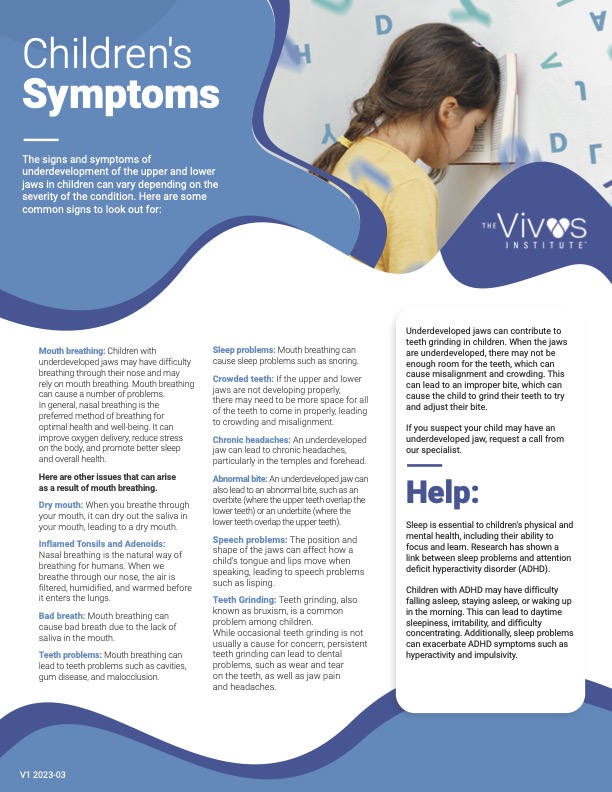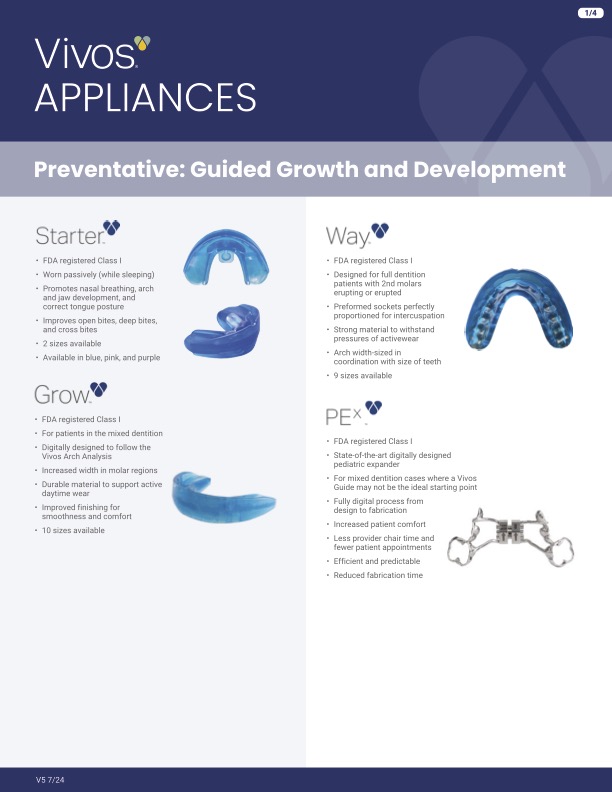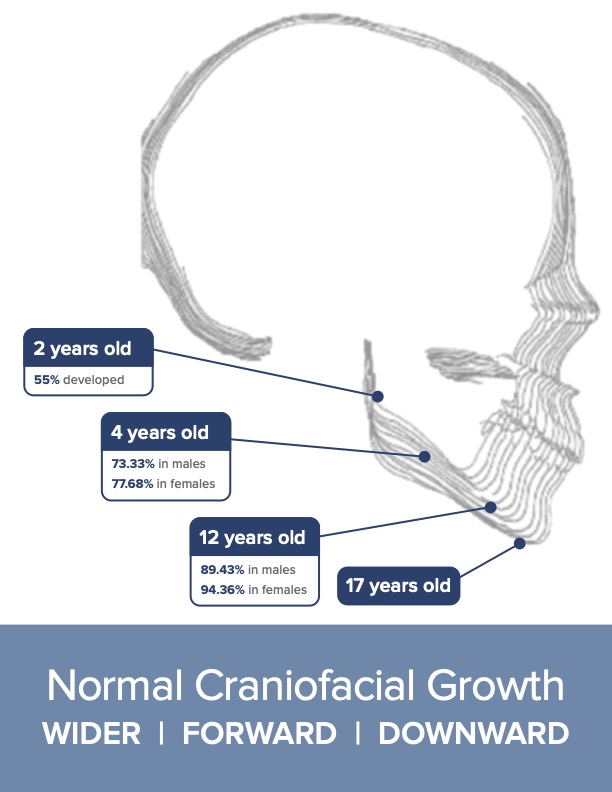Guided Growth and Development is a proactive, non-invasive approach aimed at ensuring optimal craniofacial development in children. By addressing structural and functional issues early, this method seeks to prevent future complications related to airway, breathing, sleep, and orthodontic concerns.
Understanding Guided Growth and Development
The foundation of Guided Growth and Development lies in the recognition that many dental and orthodontic issues stem from underdeveloped jaws and improper oral habits. Factors such as mouth breathing, thumb sucking, and tongue thrusting can impede normal jaw development, leading to crowded or misaligned teeth and compromised airways. By intervening early, dental professionals can guide the natural growth processes, promoting proper jaw alignment and airway development.
Key Components of the Approach
- Early Intervention: Initiating treatment as early as age three allows for the correction of developmental issues before they become more pronounced. Early intervention can reduce or eliminate the need for extensive orthodontic procedures in the future.
- Use of Specialized Appliances: Customized oral appliances, resembling mouth guards, are employed to encourage proper jaw expansion and alignment. These devices are typically worn during sleep and are designed to promote nasal breathing, correct oral habits, and create adequate space for permanent teeth.
- Comprehensive Treatment Plans: Each child's treatment is tailored to their specific needs, considering factors such as age, the severity of jaw underdevelopment, and associated symptoms. This personalized approach ensures effective and targeted care.
Benefits of Guided Growth and Development
- Improved Airway Function: By promoting proper jaw development, this approach can prevent or alleviate issues like obstructive sleep apnea, snoring, and mouth breathing, leading to better overall health and quality of sleep.
- Enhanced Facial Development: Guiding the growth of facial structures contributes to a balanced and aesthetically pleasing appearance, potentially boosting a child's self-esteem and social interactions.
- Reduction in Future Orthodontic Needs: Addressing developmental concerns early can minimize or even eliminate the necessity for braces or other orthodontic interventions during adolescence.
Recognizing the Signs for Intervention
Parents and caregivers should be vigilant for symptoms that may indicate the need for guided growth and development interventions. Common signs include:
- Sleep Disturbances: Frequent waking during the night, night terrors, or consistent snoring.
- Behavioral Issues: Symptoms resembling ADHD, anxiety, or unexplained behavioral problems.
- Physical Indicators: Chronic ear infections, speech delays, enlarged tonsils, or habitual mouth breathing.
The Role of Dental Professionals
Dentists specializing in guided growth and development play a crucial role in diagnosing and treating these issues. Through comprehensive examinations, including the use of advanced imaging techniques, they can assess the development of a child's jaw and facial structures. Collaboration with other healthcare providers, such as myofunctional therapists and pediatricians, often enhances treatment outcomes.
Call today to schedule an appointment!
Guided Growth and Development represents a paradigm shift in pediatric dental care, focusing on early, non-invasive interventions to promote healthy craniofacial development. By addressing the root causes of common dental and airway issues early in life, this approach not only enhances oral health but also contributes to the overall well-being and quality of life for children.
Call our office today to schedule an appointment with Dr. Kenson to see if Guided Growth and Development is right for your child!









